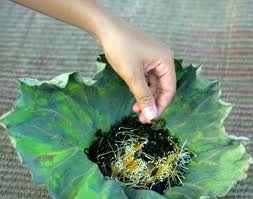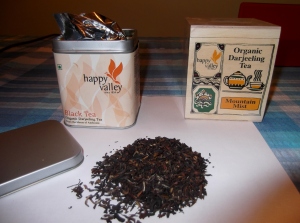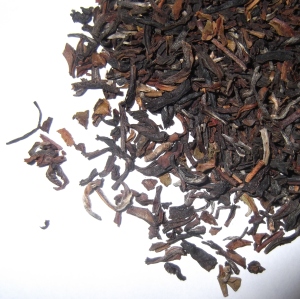I am using this opportunity to celebrate the publishing of my latest short story I am the North Pole. After writing and then editing a story, usually seven times, sometimes more. A kind, soothing cup of tea is required.
Welcome to readers from Poland, Mauritius, Bosnia-Hertzegovina, Finland and Ireland
Fortune Cookie
停止試圖控制......放開一切慾望的共同利益,而美好變得常見的如草。〜老子
Stop trying to control...let go of all desire for the common good, and the good becomes common as grass.
~ Lao Tzu
Lotus Tea (Tra Sen)
Recently I have been drinking Bac Thai from the northern region of Vietnam. Bought in Hanoi this lemon yellow tea I quite like but there is a slightly bitter aftertaste which might put some tea drinkers with delicate palettes off. This is a black tea that interestingly comes out green or rather, yellow.
Lotus tea is a different colour and very gentle on the tastebuds. Before steeping it gives off a gentle aroma that is quite rich and deep. That will be the lotus leaf.

The tea is wrapped in the leaf prior to packing for market. I have been around a multitude of lotus leaves recently but didn't notice their fragrance.
Lotus tea (tra sen)
Lotus tea emanates from, amongst other sources the provinces of southern Viet Nam. It is a fresh fertile region constituted largely of highland areas between 800 and 1500 metres in altitude. The soil type and favourable climate make large-scale tea growing possible including some high quality Oolong teas.
Tea fields in the Highlands of southern Vietnam.
If you like travel see Singing Birds sister site GuerillaZ below.
During the colonial era French horticulturalists began developing the tea plant in these regions.
Heating the pot by pouring very hot water into a china dish. The tea pot is post-war Polish and passed down from my grandmother.

Golden tea
The tea table I bought in Kunming Tea Market in north Kunming, Yunnan province, China
I use glasses to drink tea because I like to hold the tea up to the light to see the colour clearly. Tra Sen, as you can see, is an autumn gold colour and very subtle with a light peach flavour. Lotus tea is a digestive drink that increases wellbeing and creates a predilection for non-fatty foods.

Happy tea drinking!
Cheerio.
















